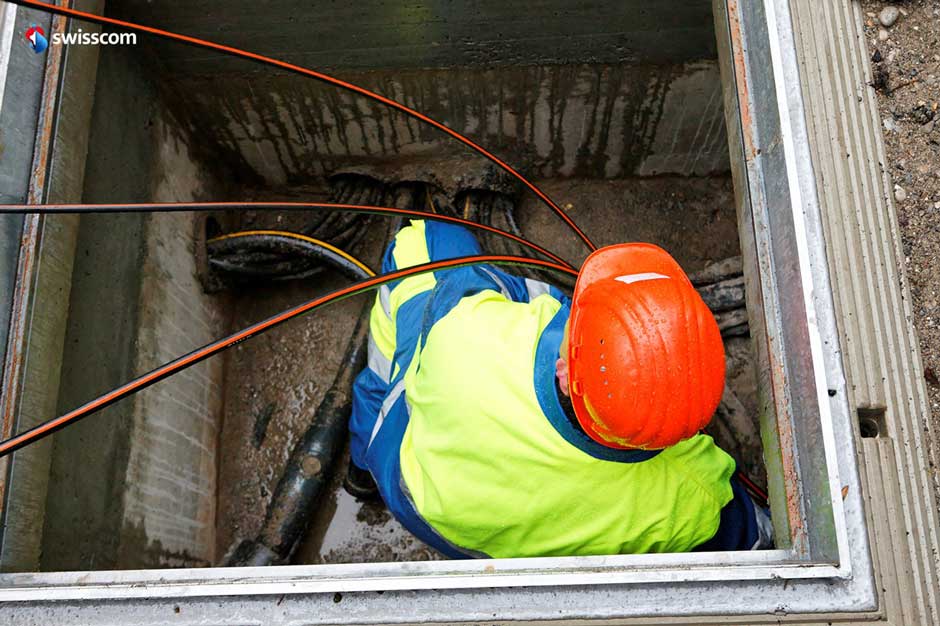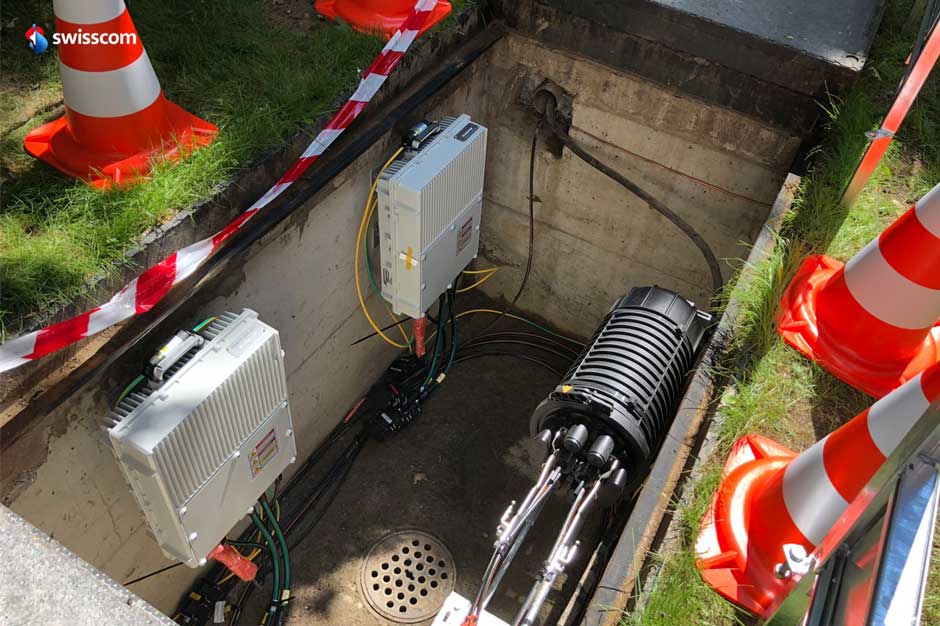Network & Infrastructure
Telecommunication network innovations
As is the Swisscom network – both the mobile and fixed-telephone network are the most important asset of any TSP – not to mention a vital part of the national economy. They represent the digital nervous system of a modern economy and society and have quite rightly been one of the most critical infrastructures for some time, alongside electricity, water, roads and railways. This is reflected in the political world, for example, especially with the issue of basic Internet service provision for all. At 10 Mbit/s, Switzerland pursues some of the highest standards in this area – and an increase to 80 Mbit/s is already being discussed. The motivation behind this is clear: in the modern world, digital connectivity makes a significant contribution to GDP. Digital opportunities allow companies to reach new markets, increase efficiency and continuously improve customer interaction.



